|
by Karen Lynn Ingalls (NOTE: This is from last week's email to my students.) I hope this finds you happy and healthy, and having a great week. If you have gotten out and about, you probably haven't missed nature’s celebration of springtime, in the form of flowers in the fields. The mustard is amazing, and the poppies are delightful. Did you ever think of painting them? One of the things I enjoy about teaching is that it pushes me, or gives me permission, to paint in ways, or using colors, or of subjects that I might not otherwise, or to approach them using methods I wouldn't ordinarily, for the purposes of demonstration. (Everything, these days, becomes a time-lapse demonstration video.) And that allows me to play! Have you given yourself permission to play with your painting lately? To try something new? To experiment? It is a lot of fun, especially when you give yourself plenty of latitude and forgiveness, and send your inner critic out for a long walk to enjoy the flowers. (Send a camera along with it!) I’m just getting started with the California poppies. The mustard paintings are next!
By the way, these are currently being offered at auction in March by my Napa gallery, Jessel Gallery, which helps Jessel keep the doors open during the pandemic, too. Here's the link (up though the end of March), if you'd like to take a look — and also see some of the other abstract landscape demonstration paintings I've been creating lately: https://www.jesselgallery.com/
0 Comments
Tom Seaver, the practice of "always looking," seeing the essence of things, and Gesture Drawing2/27/2021 by Karen Lynn Ingalls You may know that I had the wonderful gift of meeting Tom Seaver in 2015, as I was in the process of taking down an art show. We talked for 20-25 minutes about art (he loved art). He was such a wise soul — I wrote down our conversation as soon as I got home, so I wouldn't forget anything. By the way, he introduced himself as Tom, without his last name, and in the course of the conversation, told me he "was a ball player." What a humble guy! I was reminded of it this week by a friendly email I received about him, and about how he told me was “always looking,” referring not only to art, but also to everything around him — looking, seeing, and taking it in. It occurs to me that that’s not how most folks operate. We get into habits of thinking and speaking, and it’s so easy to not really look at what’s around us. That’s where making art can help us get out of those habits, and learn to truly see the things and people and animals and earth all around us. I’ve been talking about drawing a lot with my students lately, because it’s a truly wonderful way to strengthen those skills. It’s not only about the hand-eye coordination; it’s also about truly seeing what’s in front of us — about seeing it with new eyes, in new ways — so that we’re taking it all in, not defining it in terms of what we already know. Gesture drawing, which you see here, is about just that. If you have a minute or less, can you capture the essence of someone's stance? Their action? Their gesture? It's all about really "looking," as Tom Seaver put it, about really seeing what's in front of you. When we paint, it’s easy to fall into the trap of painting what we know something looks like, instead of what it really looks like. We think about it (and name it), instead of seeing it. Thinking about something and really seeing it are two entirely different states of mind — and we need to really see things, if we want to make art. That’s why turning things upside down helps. It takes us out of the rational mind that says, “Oh, yeah. Those are trees, with branches, and leaves, and twigs.” It burrows right down to the tiny details, missing the sight of the forest for all the little twigs. Or that says, looking at a person, "Oh, look at those eyebrows,” or perhaps the details of strands of hair, and misses how a person is standing, or turning, or moving. Quick sketching helps us practice how to see — and sketching starting with the big shapes, the gestures, how things relate to each other. When you’ve truly seen all those things, seen how they relate to each other — when you've got their essence — then you might add twigs. But only if you really, really need them, to bring your vision to life. And, if you're here in Calistoga, I hope you were able to see the poetry postings around town in February, as part of the Calistoga Art Center's Poetry Walk. If you’re always looking, and taking everything in, like Tom Seaver, you won’t miss things like poems — or who knows what wonderful surprises — that just might be somewhere along your walking route. What a wonderful way to practice seeing!
by Karen Lynn Ingalls (Here's part of the email I sent to my students on 2-11-2021.) Well, it’s been quite a week, hasn’t it? Perhaps you, like me, have been watching the impeachment trial. That made it hard for me to make art, at first, because I wanted to watch and listen, and not get focused on something else. But after the first day, I felt horrified, depressed, and exhausted, and needed to do something. So the next day I wound up doodling with colored markers, making a kind of semi-distracted pattern of shapes and hearts, which helped me feel a little less of the above, if possible, as I watched the trial. At the end of the day today, though, I was soooo ready to make art! Finally! I started working on drawings for the demonstration video(s) for class — we’ve been looking at drawing, which is such an important foundation for painting — and it felt like a longed-for release. By the way, here’s what it looks like when I’m putting together a demonstration video, if you were wondering what it looks like behind-the-scenes. The one above is from one about drawing faces. The one below is a little sample from the demo video I put together about a helpful approach to drawing the mouth. It’s a short video, with the video sequences put in time lapse (that what the tiny rabbit icon you might be able to see down below represents). One of the nice things about having class online is that, because of the time lapse option for the videos, it doesn’t take as long for you to watch a demonstration, and you get an unobstructed view. There actually are some good things about this way of working… who knew? (It’s always good to look on the bright side!)
I wish you lots of creative mark-making of whatever kind works for you right now. Whether it's painting, drawing, writing, doodling, making videos, or whatever you feel called to do — it's all a part of exercising your creative muscles. And creativity, in all its forms, is a wonderful way to get through challenging times. by Karen Lynn Ingalls Well, it’s been quite a month, hasn’t it? I hope you’ve been able to find some creative time in the middle of the tumult, whether to paint, to draw, to do collage or mixed media, to write, or any combination of each of these. We live in historic times, and whether the art we’re making reflects the times we’re in, responds to these times, or creates a refuge from them, art making matters. In the middle of all of this, we had a debate about a proposed mural here in Calistoga. Comments got a bit heated on NextDoor. You know how it is sometimes — everyone’s a critic, and everyone will have their own idea about what artists should do. Some of those people will know a lot about art, and some won’t. Some of my comments to the Planning Commission were quoted in the Calistoga Tribune (I did get choked up a bit when I read those comments to the commission, because I think it matters to us all, as artists). Perhaps you’ll agree with me that people who want to tell artists what to do (unless we’re creating a commercial or commission piece specifically for them) ought to pick up some art materials, take a class, and make art themselves. You and I know they’ll discover it’s not as easy as they might think, right? Fortunately, the artist in question said he has a thick skin (and the mural was approved). My remarks included this, some of which was quoted in the Tribune article: Everyone will have their own opinion. Everyone likes different things, different styles. Art takes many forms, and that’s what creativity is about — not conforming to other people’s tastes and trends. Artists create beauty — let us do it! I added, Right now, when we look up at the hills, we see burnt and blackened trees and fields. We need color, to bring a smile to our faces.
We need art in the world right now, for so many reasons! So… remember, if your own inner critic starts bossing you around, send it somewhere else (a walk to CalMart to get chocolate? A nice, long hike up the Oat Hill Mine Trail?). Maybe we can hand outer critics a pen, pencil, or paintbrush, and say, “Here. Give it a try.” Remember that the art you make does not need to conform to anyone else’s tastes or trends. It can serve different purposes — it can be highly personal, just for you; it can be work you want to share and show. But the main thing is, it is yours. And it matters. by Karen Lynn Ingalls Sometimes painters tend to get so absorbed in color and pigment and texture that they forget to take time to sit and just draw (yes, I know whereof I speak). But drawing is not only helpful, but essential, as a foundation for painting, no matter what kind of painting you do. And there are many different ways to approach your drawing. My brother and sister-in-law sent me some pears for Christmas, and, of course, I couldn’t eat them until I’d at least drawn them. So, the other day, I drew some of them (making time lapse demo videos, of course) in different media and styles. Here are some of the results — at the top of this post, from left to right:
If you don’t have the time or space to paint, quick sketches of whatever you’ve got nearby are a great way to keep making art. And the more you do, the stronger your drawing muscles will get. (A neighbor on NextDoor, online, said she could send her inner critic hiking up the Oat Hill Mine Trail here on the edge of town, and let it strengthen its calves — and exercise her drawing muscles at the same time. How’s that for staying in shape during quarantine time?) The more you draw, the more it will help you see things closely. So, whatever you feel like painting — whether it’s pears or oak trees; people, dogs, or cats; vineyards or shoes (hey, the latter make good subjects for drawing); or the most glorious imaginary thing you can think of — developing a drawing practice will make your paintings stronger.
Just think: you can work out your drawings and paintings, your drawing muscles, and your inner critic’s calves at the same time, all from home. How’s that for an exercise program? Now... where's my bamboo pen? I haven't used that in a while.... 🙂 by Karen Lynn Ingalls How are you doing? The news is a little nuts right now! These are definitely historic times — ones we need to get through, one day at a time, keeping our physical and emotional health. If you’re feeling a little stressed, you may want to make some art. One option might be painting like an expressionist — get your feelings down on the canvas with paint, get your inner critic out of the way, and just paint! It could also be something particularly meditative, such as drawing mandalas, drawing Zentangles (intricate patterns), creating collages, or even scribbling with crayons. If you draw mandalas or patterns, you can color them in with markers, or colored pencils, or anything else that appeals to you. You could paint hearts (or anything else) on rocks, and then surreptitiously put them in your neighbors' yards, or wherever they might be discovered. (Sharpies or Acrylic Paint markers work well for this, too.) Doing a kindness for others makes us feel better, and our creative gifts give us options to make things that others might not think of…. Perhaps a little less art-y, but definitely creative, my holiday project was printing family photographs that my mother can’t see on Facebook (she avoids computers) and labeling them so she knows (and we do, too) who’s related to whom, across the generations. When I thanked my Swedish cousins who sent photos, as we exchanged photos in messages, and told them I’d be printing the photos for her, several of them sent lots more, with their love. My little photo album turned into three volumes, with artistic covers and title pages! If you’ve got someone you care about who’s feeling stressed or isolated, maybe creating something as a special gift for them would lift their spirits (and yours, too). When my mother called me to let me know she’d received the book, I could hear the happiness in her voice. She’s loving looking through them, and knowing that they were sent especially for her.
We can use our creative gifts in so many ways — we’re so very lucky that way. And plunging into a creative project that will make someone else’s day (or week, or lockdown time) a little brighter may be a good use of our time — and brighten our time, too. Here's to creating brighter times for ourselves and those around us! We can use our creative gifts in so many ways — we’re so very lucky that way. And plunging into a creative project that will make someone else’s day (or week, or lockdown time) a little brighter may be a good use of our time — and brighten our time, too.We can use our creative gifts in so many ways — we’re so very lucky that way. And plunging into a creative project that will make someone else’s day (or week, or lockdown time) a little brighter may be a good use of our time — and brighten our time, too. by Karen Lynn Ingalls Many of us are now in lockdown, shelter-in-place mode, to protect ourselves, our loved ones, and everyone else in our community during the COVID-19 pandemic. As artists and creative people, we are lucky that we can continue to do our creative work at home, maybe on a smaller scale. Consider it the gift of time, and give yourself an at-home creative retreat, an art retreat stay-cation. And lucky us, that we have so many resources online that we can turn to during this time! Here's a list of resources you can check out (I will add to this as I find more). My thanks to all my students who shared resources they came across, to share them with you! Visit Museums Online:
Stuck at Home? These 12 Museums Offer Virtual Tours You Can Take On Your Couch: https://www.travelandleisure.com/attractions/museums-galleries/museums-with-virtual-tours?fbclid=IwAR3qdLHjlT-FqZOt_DSGD-IMmwUggwsTt2Lt_UJ6nDA7N7ZH85z3GvuA7D8 Podcasts about all things art-related Podcasts from Plein Air Magazine: https://www.youtube.com/user/PleinAirMag/videos The Savvy Painter Podcast: https://savvypainter.com/the-savvy-painter-podcast/ Videos: On YouTube, Bob Burridge's pep talk about the times we live in (and check out the many videos he has on his channel, too): Bob’s Pep Talk https://youtu.be/rhwxp96tEKc Plein Air Magazine offers free videos of instructional Facebook Livestreams, along with articles and links to the podcasts listed above: https://www.outdoorpainter.com/ On Amazon Prime, The Artist in You — a new series all about mixed media, and an experimental, playful approach to it, with Jenny Muncaster: https://www.amazon.com/gp/video/detail/B077SYDQ2J/ref=atv_dl_rdr?autoplay=1 Free online class with values vs color, with Matt Smith from Tucson Art Academy: https://tucsonartacademyonline.easywebinar.live/registration-1 For children: On YouTube, Lunch Doodles with Mo Willems, an engaging and encouraging children's book author/illustrator who sits down every day Monday through Friday to doodle with his viewers, and share how he makes his drawings, his characters, and his books: https://www.youtube.com/resultssp=mAEB&search_query=lunch+doodles+with+mo+willems Resources to De-stress and Release Anxiety: Hay House is sharing free resources to help us all de-stress and reduce anxiety, in the form of podcasts, videos, ebooks and downloads, and articles: https://www.discover.hayhouse.com/freeresources/?utm_medium=email&utm_source=9988982_hh&utm_campaign=email_offer_free_resources&sp_rid=MTQwMjY0NTc5NjY4S0&sp_mid=64342400&spMailingID=64342400&spUserID=MTQwMjY0NTc5NjY4S0&spJobID=1842394927&spReportId=MTg0MjM5NDkyNwS2 by Karen Lynn Ingalls Have you ever unwrapped a new canvas to discover that it was a little dented? Or perhaps you have one that's gotten dented because something was leaning against it? Here's how to fix it:
Remember: never stack anything against a canvas or a painting that will dent, scratch, or pierce it — and then you won't have to worry about repairing it later.
by Karen Lynn Ingalls 1. Send your inner critic on a vacation (because you know it's working waaaay overtime.) That critical voice can stop you in its tracks every time. It's not helpful, but it means well.... So, thank it kindly for its contribution. Then send it on a well-deserved vacation, to a remote location of your choosing. An oasis in the desert? An island in the Pacific? A beautiful spot in the Yukon? You decide. And — be very clear here — it can NOT come back for whatever length of time you specify. How about a month? If it shows up again, send it packing. Be FIRM. Then enjoy the vacation you are both getting. 2. Creativity needs to be nurtured. Like good soil for farming, sometimes you need to let it rest. Allow time to be fallow. It's out of the fallow time that the next new ideas come... they just need time to percolate, time to gestate. So give it a break... and do something else. Clean your studio. Build canvases. Gesso panels. Inventory frames. Do all the routine studio maintenance kind of stuff that you never find time for in the throes of a creative whirlwind. Time for this is a good thing. You can learn to look on fallow time as a blessing. 3. Shake up your routine! Do something new, different, out of the ordinary — something that puts you in a completely different frame of mind and heart. What is it that you just never think of doing, or never manage to find the time for? You can:
Sometimes you just need to shift your perspective, and doing something completely out of your ordinary routine can be just what you need. 4. Go for a walk in nature. It's amazing what walking in a forest, sitting on a creek or riverbank, looking out across a lake at sunset, or gazing at ocean waves with beach sand between your toes will do for your psyche. Don't just go there — experience it. You'll feel refreshed and rejuvenated, in heart and mind and soul. 5. Count your blessings. Literally. Count them up, no matter how small. Every little thing matters. How high can you go? And then give thanks for each and every one. It's amazing how much we can find to be grateful for, when we look for it, even in the hardest times. It's kind of like stopping to smell the roses. Have you been feeling stuck? Try these! You'll be amazed at the difference doing them will make.
by Karen Lynn Ingalls A week ago last Saturday, a fire — later named the Valley Fire — started in Lake County, on the other side of Mt. St. Helena from where I live. It jumped from 40 acres to 1,000 acres in less than an hour, and continued to spread far faster than anyone could have imagined, sending over 17,000 residents running for their lives, including friends, acquaintances, and current and former students of mine. Like so many others, I searched online, hoping and praying, to hear whether they had made it out safely, whether they had been able to take their pets with them, and whether they had any idea if their homes had been spared. That first night, the sky glowed red above and behind Mt. St. Helena. It was both beautiful and terrifying. My neighbor suggested we write lists of all the important things you need, so we wouldn't miss anything if we had short notice to pack up the car. But we were lucky; the fire didn't come down our side of the mountain. On the internet, people had posted terrifying photos and videos of apocalyptic scenes, of driving down roads with fires burning on either side, of tall tongues of flame leaping into the sky as gas or propane tanks exploded, of trees becoming tall, tall torches, and of darkened skies thick with soot and smoke and burning embers. Then, on Tuesday, I drove to the de Young Museum in San Francisco, to see the Turner show (J.M.W. Turner: Painting Set Free) before it closed. Born in 1775, Joseph Mallord William Turner was one of the greatest English painters of the 19th century. Whether art historians agree with me or not, I think of him as the first abstract painter. Although he painted scenes and events, current, historical, and mythological, the scenes and events often seem simply a reason to paint light and storm and fog and fire.... And there, in the first gallery past the entrance, was a wall of paintings of fire. Turner didn't have a camera or an iPhone to record the terrifying fires of his time; he had only his watercolor paints and paper. The description of these three watercolor sketches said that the fire, which began October 30, 1841, burned for several days, and that most likely Turner sketched these on the other side of the moat, standing in the enormous crowds that had gathered. Just down the wall a bit from Turner's watercolors of that fire was an oil painting of another fire, that of the Houses of Lords and Commons in 1834. Here, the flames rise high into the night, with an intensity of light and thick clouds of smoke. Crowds gather on the near shore, unable to stop it, able only to witness the fury of the inferno. 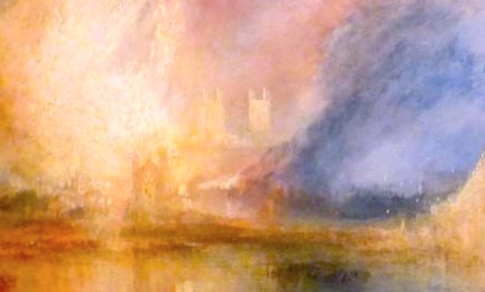 Detail of The Burning of the Houses of Lords and Commons, 16th October, 1834 • oil paint on canvas • J.M.W. Turner • photo courtesy of Linda Huffman. I have saturated the colors here a little, to try to envision what the intensity and color may have originally looked like when Turner first painted it. Turner's colors have faded considerably since he painted these, so I saturated the image above to see something of what they might have originally looked like. It reminds me of the apocalyptic videos I watched online, and the photos of the raging flames. Like the crowds gathered in Turner's painting, we too stood and watched. I don't know how many others thought of those horrific images from the Valley Fire as they looked at these paintings. I did, and I thought of the ghastly power and ferocious speed and damage of the blaze. Just like the witnesses Turner painted, we witnessed the devastation he recorded in the painting, and we witnessed the devastation of this week's fire in photographs and videos. But some people saw it firsthand as they ran to their cars and drove to safety; or as they warned residents to leave, saving those residents' lives, and as they fought the fire so valiantly. I've been learning, as each day goes by, who among my friends has a home to return to, and who does not. I brought donations on the first Sunday morning for the evacuees, and though it was little in the scale of things, every little thing adds up. Our friends and neighbors have been devastated, and need our prayers, our thoughtfulness, our kindness, our generosity, and our help. There but for fortune, it could have been any of us. To donate items to the evacuees who are now returning to Lake County, you can follow this link to find where to take donations: http://www.lakecountylac.com/donation-centers.html To give a gift of money, there are a number of organizations you can contact, including Redwood Credit Union, who will ensure that 100% of donations will make it directly to victims of the Lake County fires. https://www.redwoodcu.org/about-rcu/news-announcements-specials/rockyfire My thanks to Santa Cruz artist Linda Huffman, who took photographs of the exhibit and shared them with me for this blog post.
|
Karen Lynn IngallsI am a working artist in Napa and Sonoma Counties, in northern California. I paint colorist landscapes of rural California, teach art classes, workshops, and private lessons, live in Calistoga, and have my art studio in Santa Rosa, California. Archives
December 2023
Categories
All
|
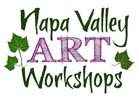
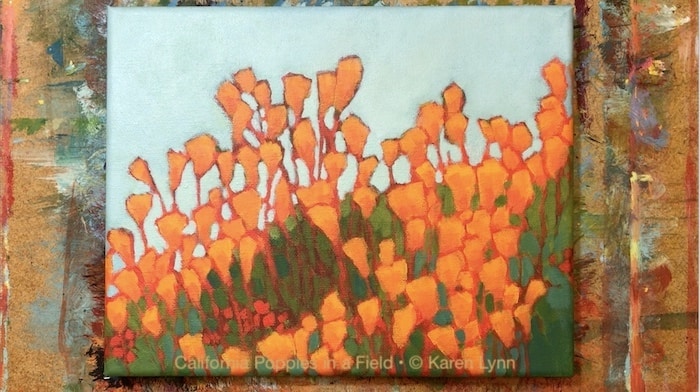
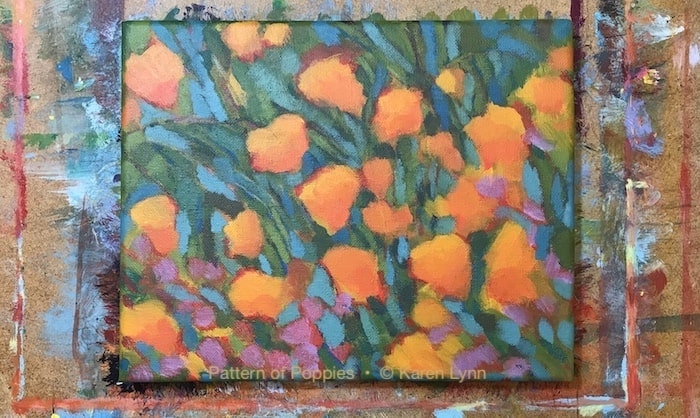
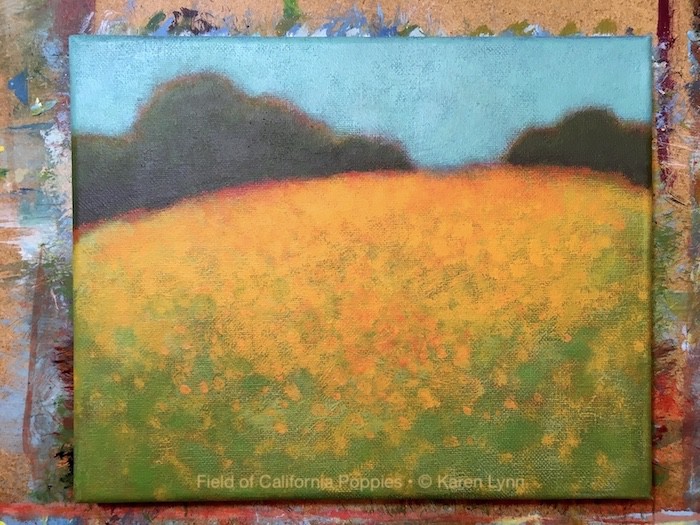



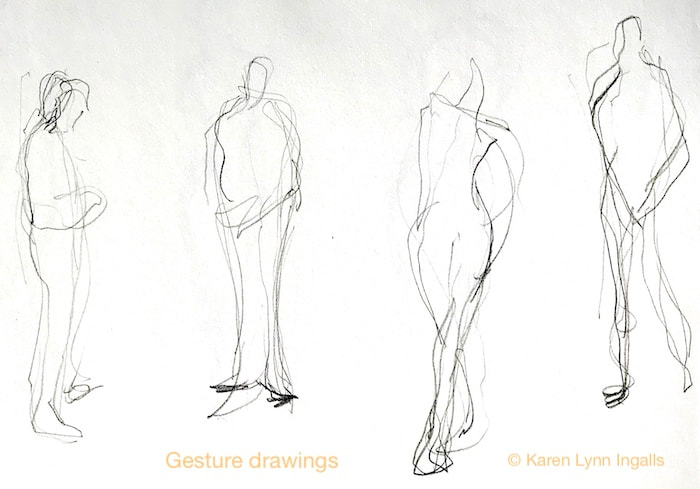
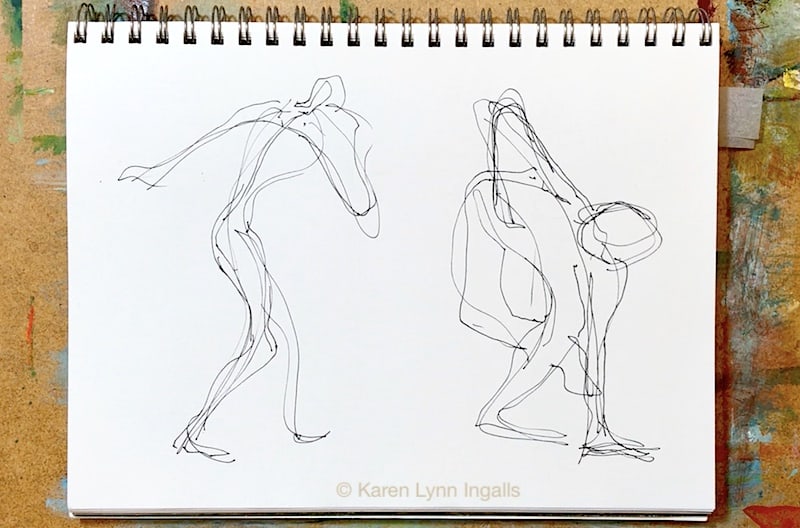
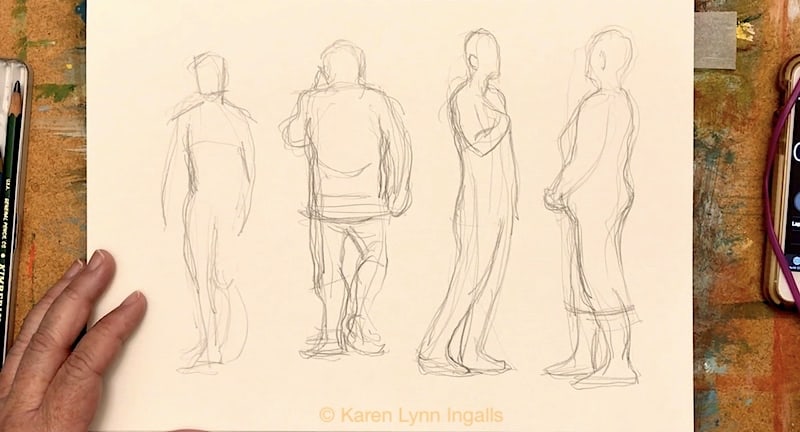
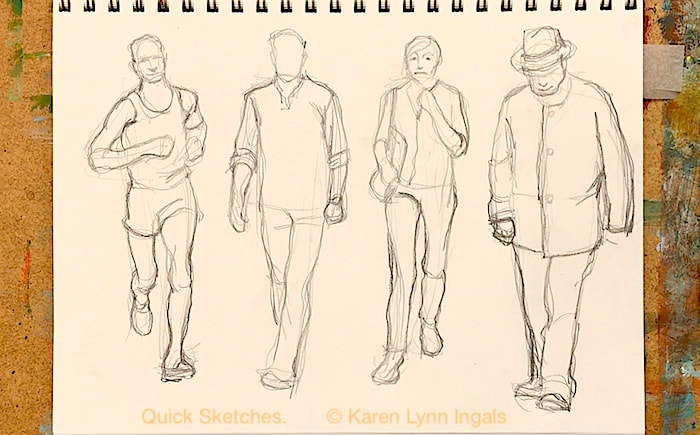
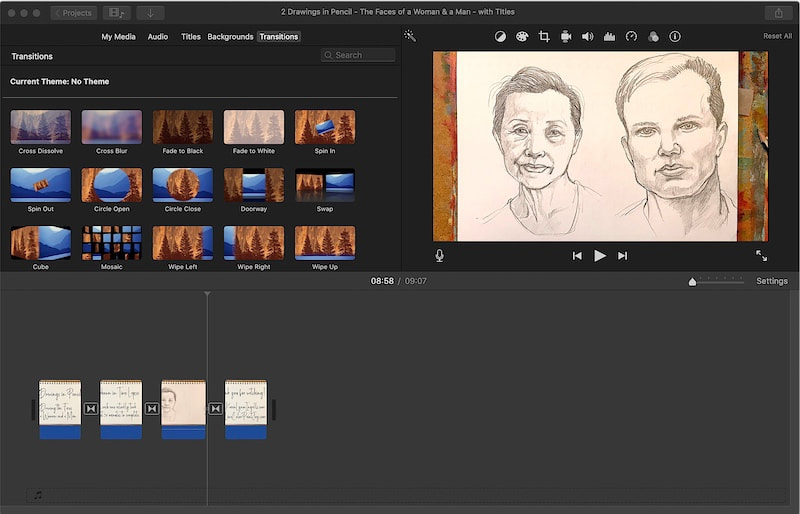
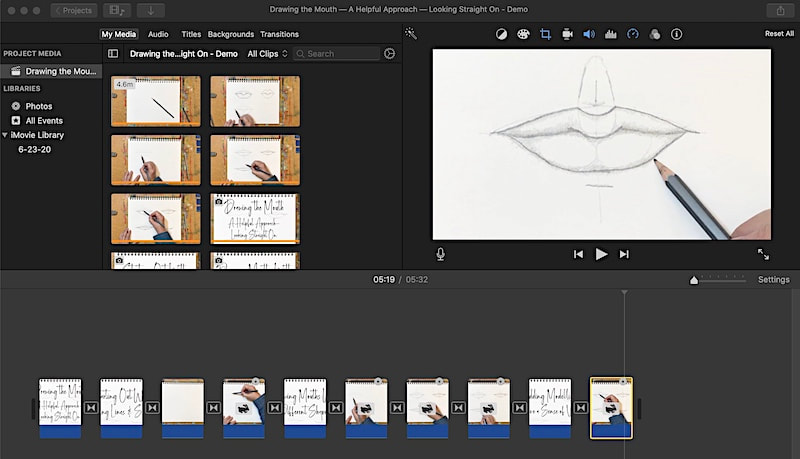
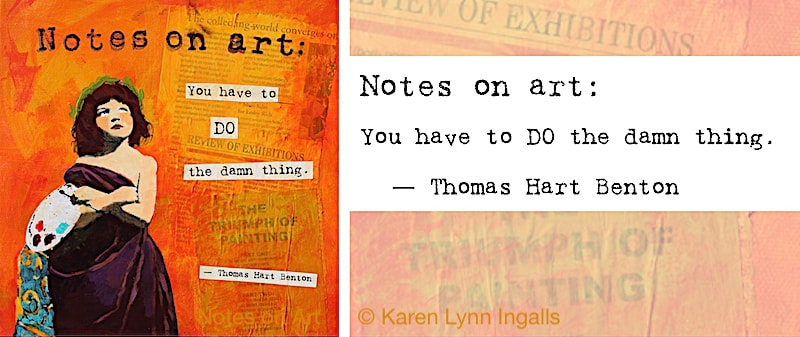
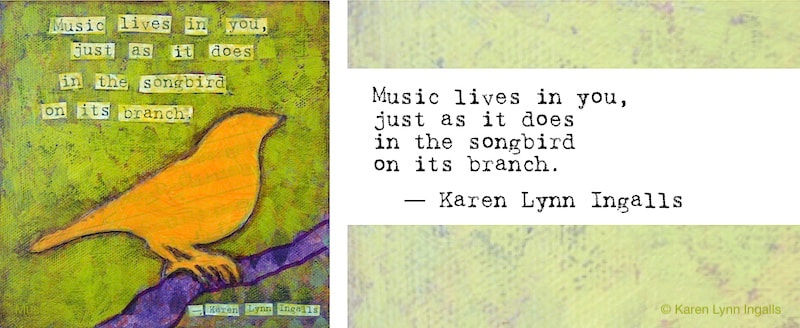
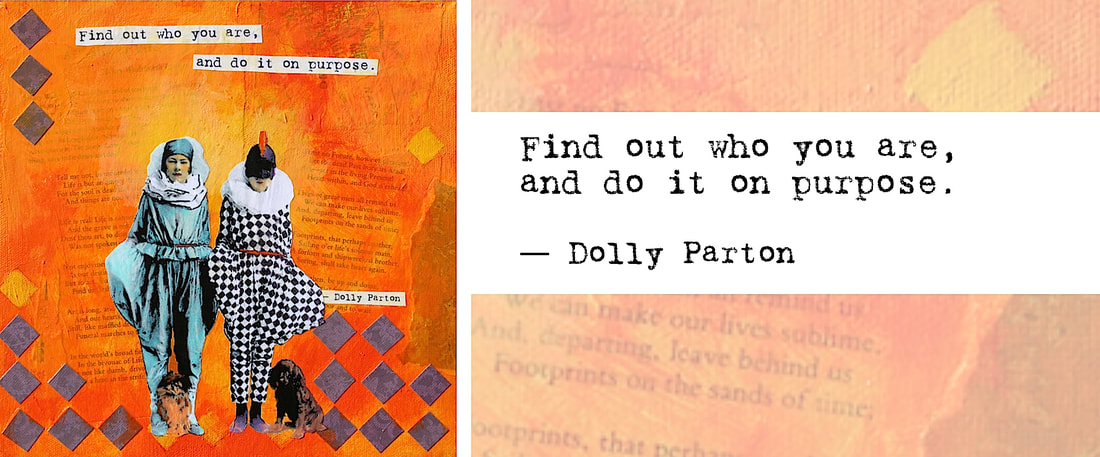
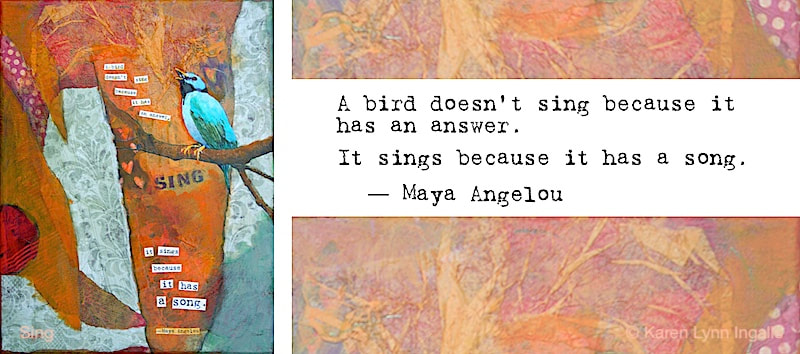
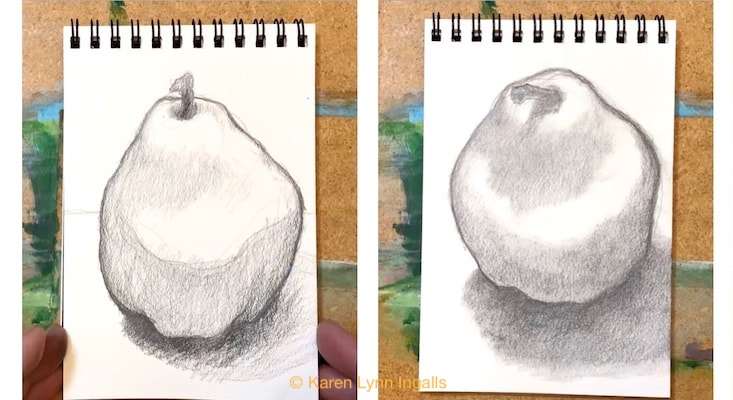
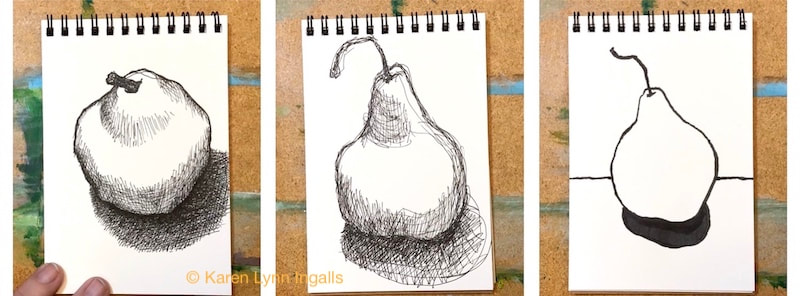
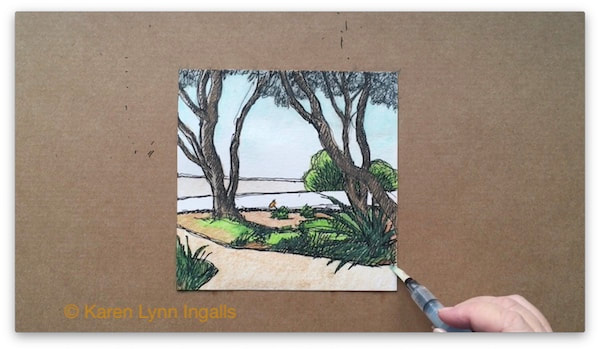
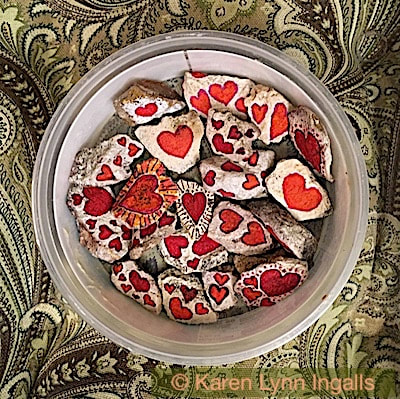
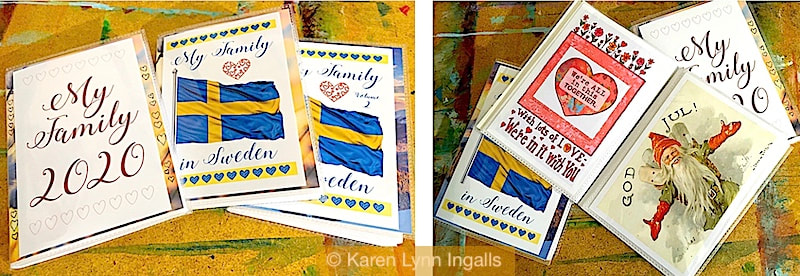
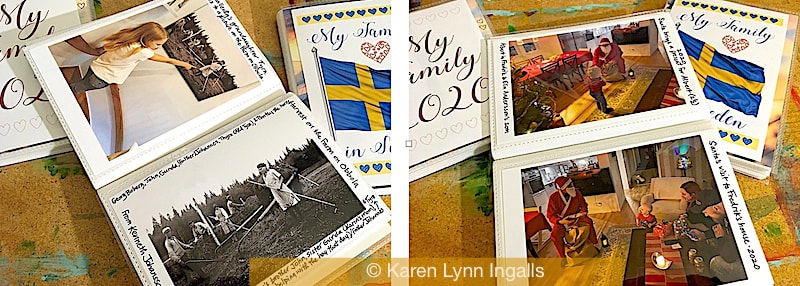
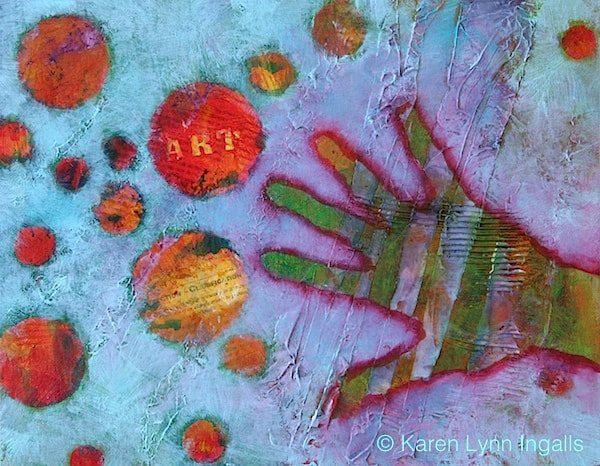
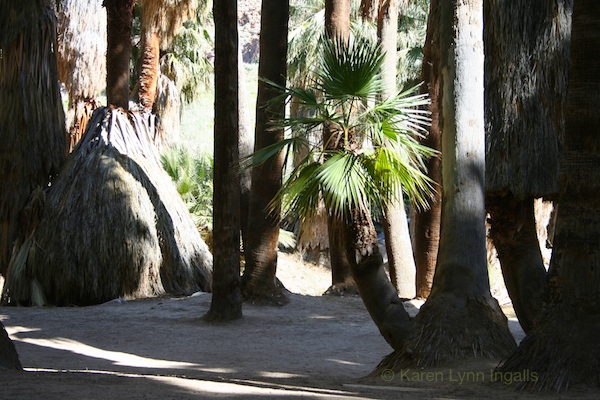
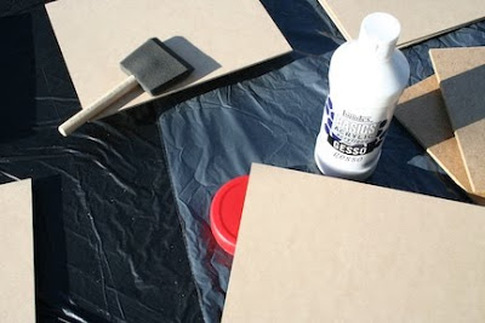
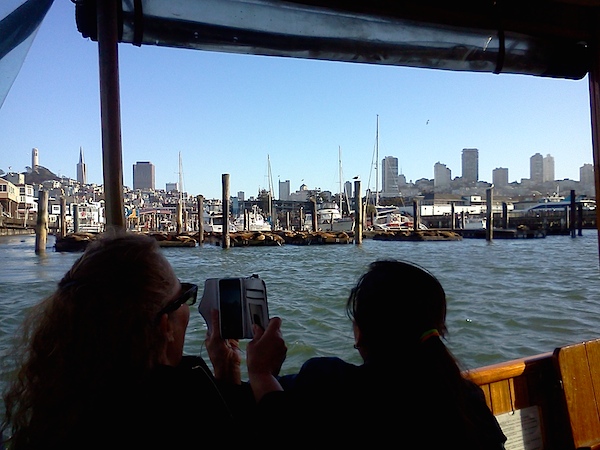
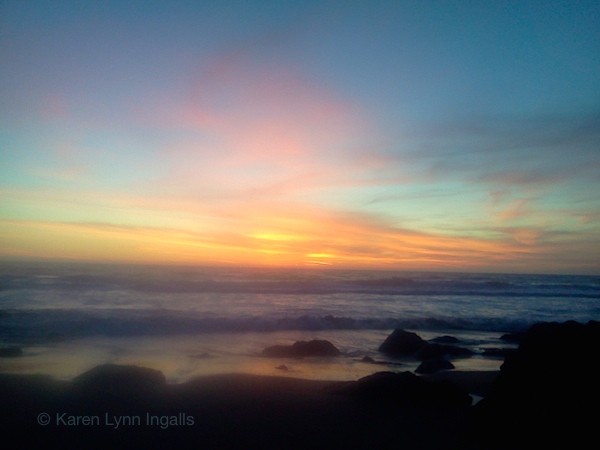
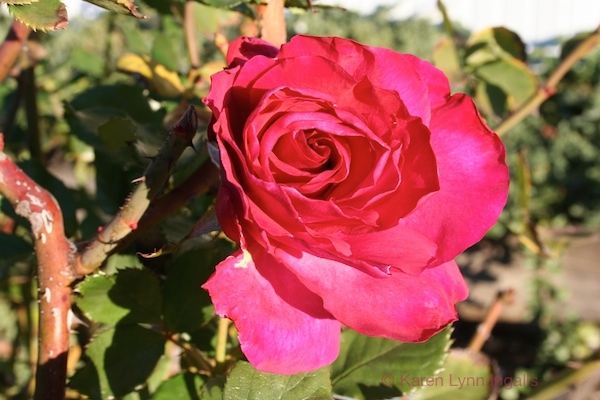
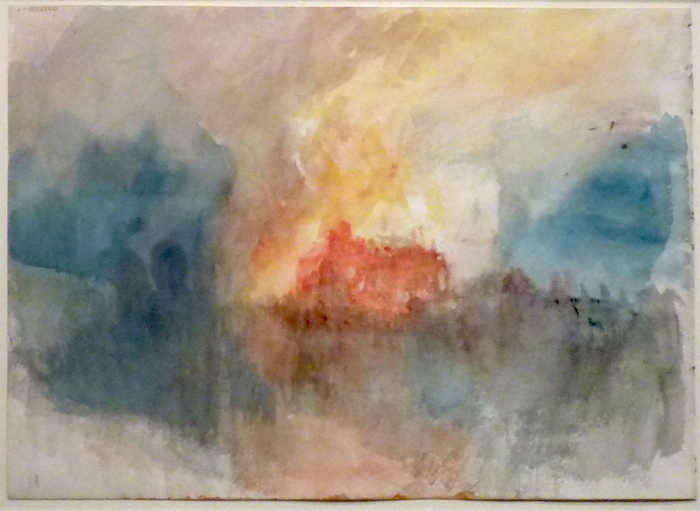
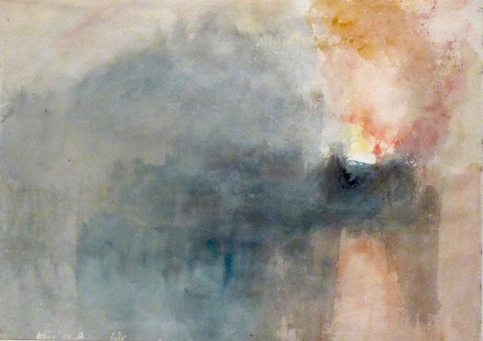
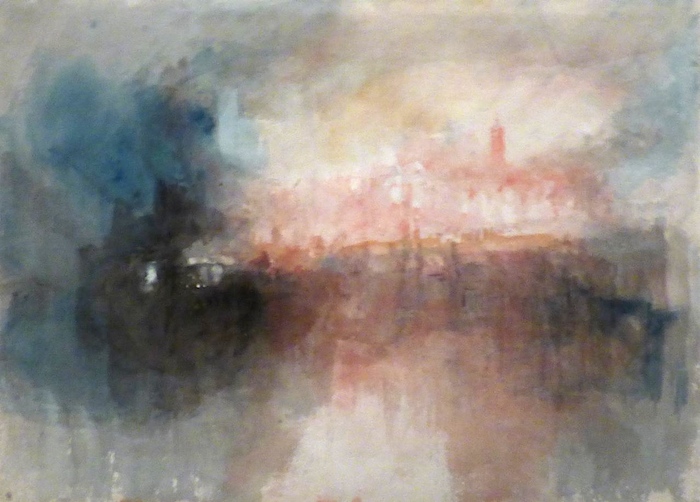

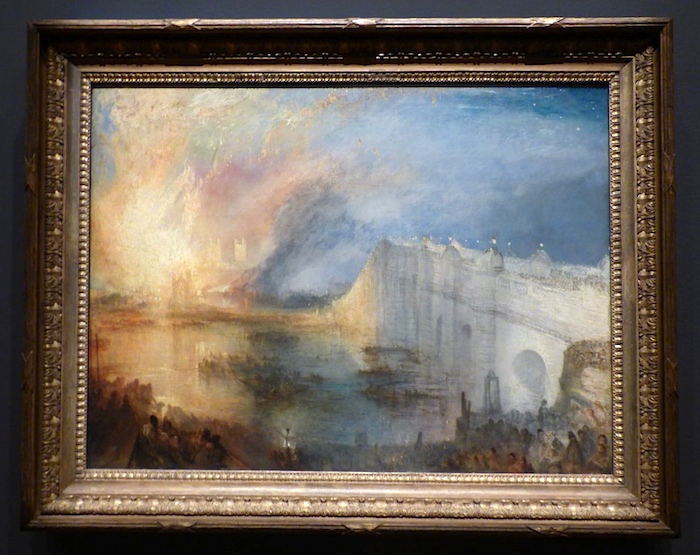
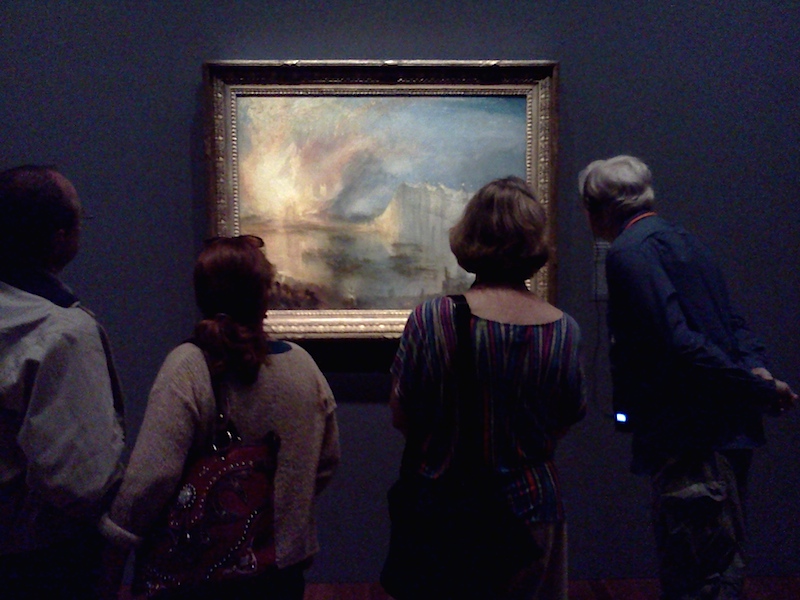
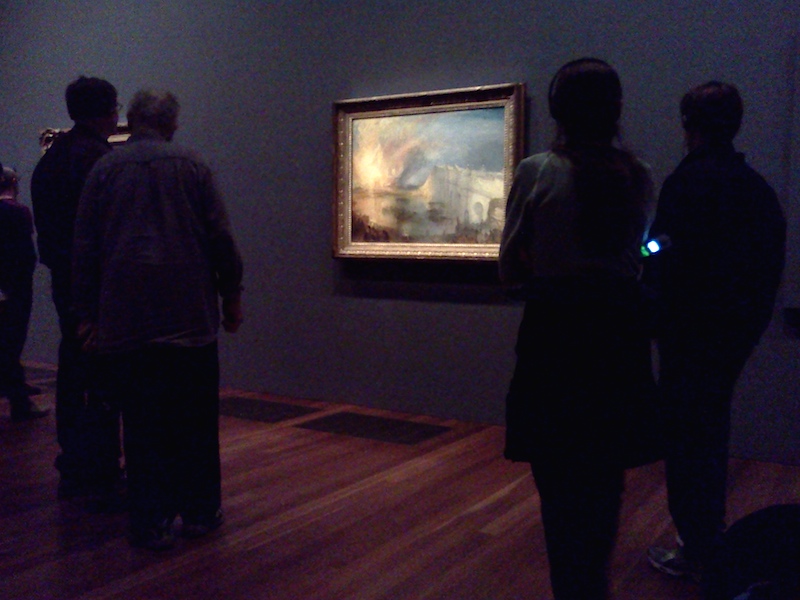

 RSS Feed
RSS Feed

